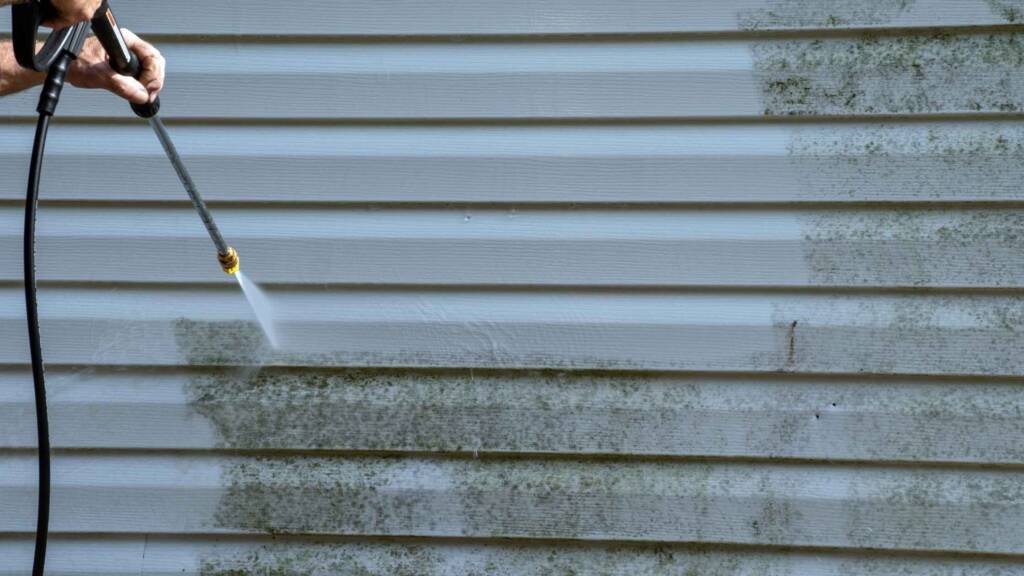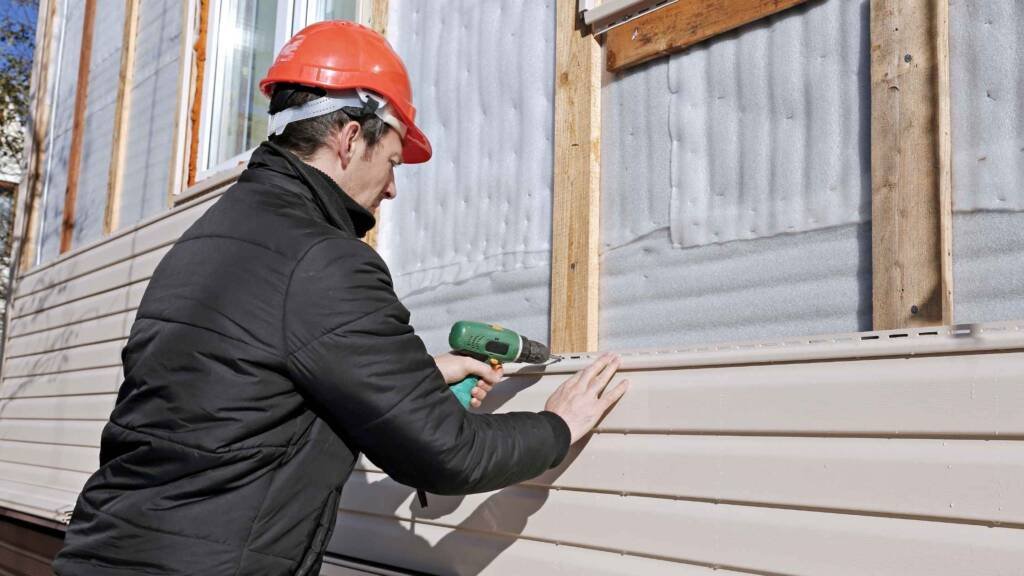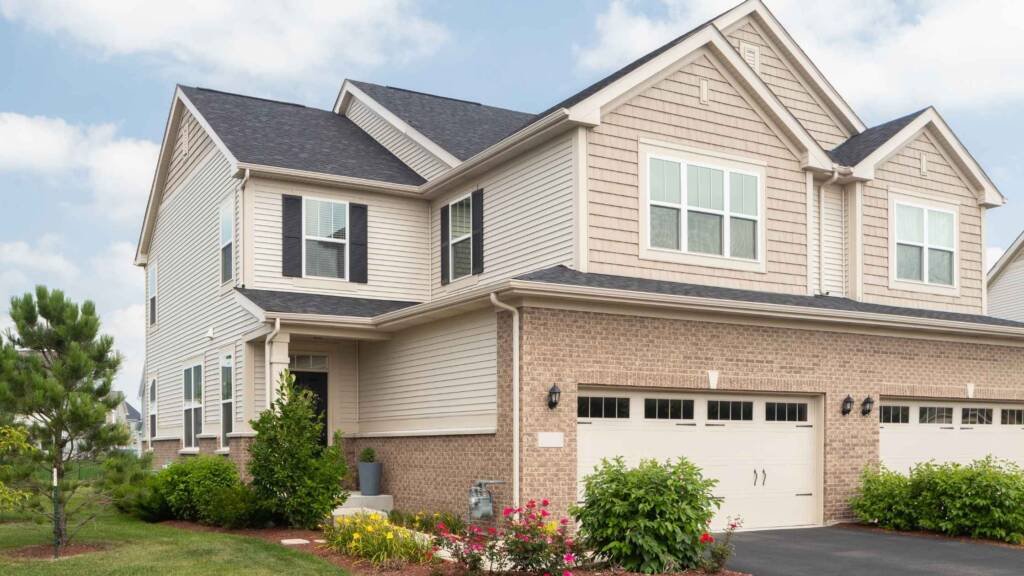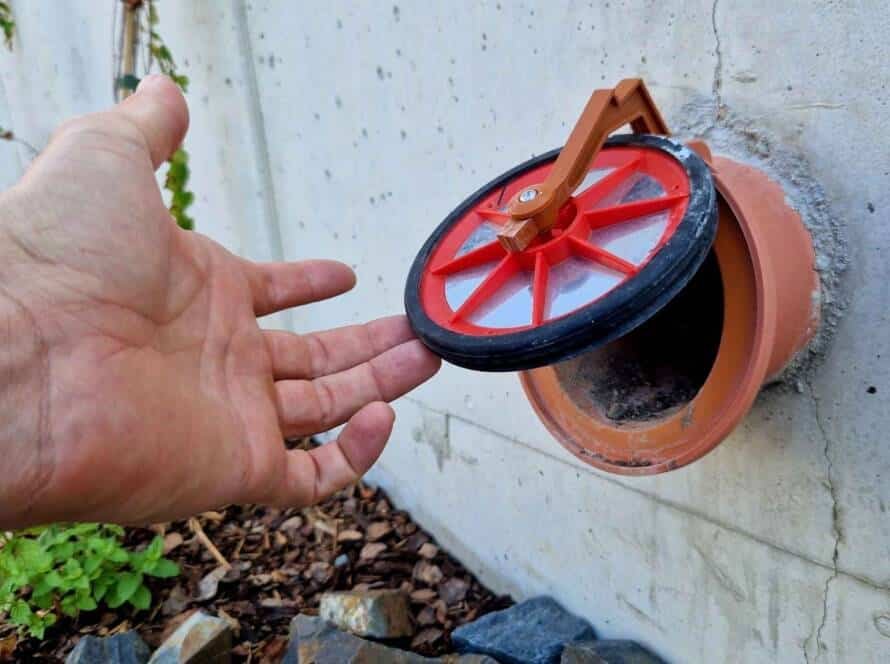Introduction: Why Painting Vinyl Siding is a Great Choice for Your Dallas Home
If your vinyl siding looks outdated or faded, painting it could be the perfect solution to refresh your home’s exterior without the need for expensive replacement. In Dallas, where extreme weather conditions like intense sun, high humidity, and occasional storms can cause wear and tear on siding, knowing how to properly paint vinyl siding can make your home look brand new without breaking the bank.
This article will guide you through the entire process of painting vinyl siding, from understanding the benefits to prepping and choosing the right materials. Whether you’re trying to enhance curb appeal, protect your home, or give your siding a fresh update, we’ve got you covered.
If you’re located in Dallas and need expert guidance for your home renovation project, America’s General Contracting offers professional vinyl siding painting services that can help bring your vision to life.
Table of Contents
1. The Benefits of Painting Vinyl Siding
Painting your vinyl siding comes with several great advantages that can improve both the appearance and longevity of your home. Here are some of the main reasons why you should consider painting your vinyl siding:
Cost-Effective Home Improvement
Painting vinyl siding is a much more affordable option than replacing it entirely. Rather than spending thousands on new siding, a fresh coat of paint can breathe new life into your home at a fraction of the cost.
Customization Options
One of the best parts about painting vinyl siding is the ability to choose from an array of colors. Whether you want a bright, bold statement or a classic, neutral tone, you can personalize the look of your home to suit your style.
Increased Curb Appeal
A well-painted home stands out, and vinyl siding is no exception. Whether you’re looking to sell your property or just want to make your home look more inviting, painting the exterior can significantly boost your curb appeal, which is especially valuable in the competitive Dallas real estate market.
Protection Against the Elements
Dallas weather can be harsh on your home’s exterior. A high-quality paint job will add a protective layer to your vinyl siding, helping it resist damage from the sun, rain, and humidity. This can also help extend the lifespan of your siding.

2. How to Prepare Vinyl Siding for Painting
Proper preparation is the key to a successful paint job, so it’s important to follow these steps to ensure that your vinyl siding is ready for a fresh coat of paint.
Cleaning
Before painting, it’s essential to clean the vinyl siding thoroughly. Use a mixture of water and mild detergent, and scrub the surface with a soft-bristled brush. This step removes dirt, grime, and mildew that can affect paint adhesion.
Repairing Damaged Sections
Check your vinyl siding for cracks, holes, or any other damage. If you find any, make sure to repair these areas before painting. Use vinyl siding patch kits or caulk to seal any gaps or cracks to ensure a smooth, uniform surface.
Power Washing
If your siding has accumulated dirt or mildew, use a power washer to clean the surface effectively. Make sure you allow the siding to dry completely before starting the painting process. Power washing removes deep dirt and debris that cleaning by hand may not reach.
Sanding (If Needed)
If your vinyl siding has a glossy finish or if there’s flaking paint from a previous coat, lightly sand the surface. This will help the new paint adhere better to the surface, providing a longer-lasting finish.
Choosing the Right Weather
The best time to paint vinyl siding is when the temperature is between 50°F and 85°F with low humidity. Extreme temperatures or high humidity can negatively affect paint drying and adhesion.
3. Step-by-Step Guide on How to Paint Vinyl Siding
Now that you’ve prepared your siding, it’s time to dive into the painting process. Here’s a step-by-step guide to help you achieve a flawless finish.
1. Choose the Right Paint
For vinyl siding, always use 100% acrylic latex paint formulated for vinyl. This paint type expands and contracts with the siding, making it more durable and able to withstand the changes in weather.
2. Prime the Surface (If Necessary)
Some vinyl sidings, especially those that are heavily weathered or when switching to a darker color, may require a bonding primer. The primer helps the paint adhere better, especially to old or porous vinyl.
3. Select the Right Painting Tools
Depending on the size of the job, you can either use a paint sprayer for quick coverage or a brush and roller for smaller, more detailed areas. A paint sprayer is ideal for large surfaces as it allows for a smoother finish and faster application.
4. Start from the Top
When painting, always start at the top of the siding and work your way down. This ensures that any drips will be hidden by the layers below.
5. Apply Thin Coats
Rather than applying one thick layer of paint, it’s important to apply multiple thin coats. This ensures better adhesion and an even, smooth finish.
6. Allow Proper Drying Time
Be sure to let each coat dry completely before applying the next one. Drying times will vary depending on temperature and humidity, but typically, you’ll want to wait about 2-4 hours between coats.
7. Final Touches
Once the last coat is dry, inspect your work. Touch up any missed spots or areas where the paint may have applied unevenly. For the best results, ensure that the final coat is smooth and consistent.

4. Tips for Choosing the Right Paint and Tools
Selecting the best paint and tools for the job is critical to achieving a beautiful, long-lasting result. Here’s what you need to know:
Paint Type
Always opt for 100% acrylic latex paint, as this allows for the natural expansion and contraction of vinyl. It’s durable, long-lasting, and designed to adhere well to vinyl surfaces. Avoid using oil-based paints or non-acrylic options, as these can cause the paint to peel and crack.
Color Selection
While lighter colors are typically better for vinyl siding because they reflect heat and help prevent warping, darker colors are possible as long as you choose the right paint. Ensure the paint you choose is formulated to handle darker hues on vinyl without causing heat damage.
Brushes vs. Sprayers
For large areas, a paint sprayer will save you time and effort, delivering a smooth and even finish. However, for smaller or detailed areas, a good-quality brush may be your best bet. If you use a sprayer, follow up with a brush to smooth out any uneven areas or overspray.
Rollers
For flat areas, a medium-nap roller works best for a smooth finish. Make sure to use the right roller to avoid leaving texture marks or streaks.
5. Common Mistakes to Avoid When Painting Vinyl Siding
While painting vinyl siding can be a rewarding DIY project, there are several common mistakes that can impact the outcome. Here’s what to avoid:
Skipping Preparation
Properly cleaning and repairing your vinyl siding before painting is crucial. Failing to do so can result in poor paint adhesion, peeling, or uneven coverage.
Using the Wrong Paint
Avoid using non-acrylic or oil-based paints for vinyl siding. These types of paint won’t adhere properly and can cause damage to the material.
Painting in Extreme Weather
Do not paint when it’s too hot, too cold, or too humid. These conditions can affect the drying time and cause the paint to go on unevenly.
Overlooking Safety
When painting high areas, use a ladder or scaffolding and make sure you have the necessary safety equipment to prevent accidents.

6. Why Hiring a Professional Contractor Can Save You Time and Effort
While painting your vinyl siding may seem like a simple task, there are several reasons why hiring a professional contractor can be beneficial:
Expertise
Professional contractors have the knowledge and experience to complete the job efficiently and ensure that the paint adheres properly. They are also familiar with the best techniques to achieve a smooth, flawless finish.
Tools and Equipment
A professional contractor will have access to high-quality tools and equipment that ensure a smooth, even finish. This includes commercial-grade paint sprayers and brushes.
Time-Saving
Hiring a professional can save you time, allowing you to focus on other tasks. Contractors can complete the job more quickly and efficiently, leaving you with a polished result.
Long-Term Value
Professionals also provide warranties for their work, giving you peace of mind that your investment is protected for years to come.
If you’re in Dallas, America’s General Contracting specializes in professional vinyl siding painting and can handle your project from start to finish.

7. Conclusion: Refresh Your Home with a Vinyl Siding Paint Job
Painting vinyl siding is an affordable and effective way to transform the exterior of your home. Not only will it improve curb appeal, but it will also provide added protection against the elements, extending the life of your siding.
By using the right materials, tools, and techniques, you can achieve a professional-looking finish that will last for years. However, if you’re unsure about taking on the project yourself, hiring a professional contractor can ensure the job is done right.
If you’re ready to refresh your vinyl siding, contact America’s General Contracting for expert painting services and home renovations in Dallas. Let our team of professionals handle your project from start to finish.



